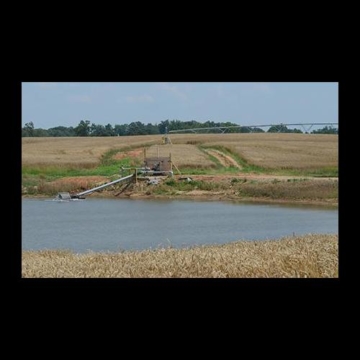Explore our blog featuring articles about farming and irrigation tips and tricks!
Ponds Provide Storage Reservoirs For Irrigation Systems

By: Tharran Gaines
When Triple Oaks Farms put in a 14-acre pond this past spring, it wasn’t because the owners liked to fish. Instead, the goal was to establish a storage reservoir designed to feed up to three new center pivot irrigation systems.
“In this case, these pivots aren’t near any creek or river, and the nearest well is only capable of producing around 500 gallons per minute,” explains Joe Neal Balance of Triple Oaks Farms, which is a partnership between his son, Neal, and a brother and a nephew near Bowling Green, Kentucky. “We have some wells that produce 500 gallons and some that produce up to 800 gallons per minute or more. However, they all go down into solid rock that is 20 to 40 feet below the soil surface, even as little as 10 feet in some areas.”
Wells are slow to recharge
The other issue is that most of those wells don’t tap into aquifers like they do in the Midwest. Rather, the wells access underground streams, as evidenced by a large crawfish that came out of one well when it was being drilled in this area of the country. After they have been pumping for a while, such wells often have to replenish for several hours before they can again reach capacity.
Stay up to date on all T-L news and get alerts on special pricing!


